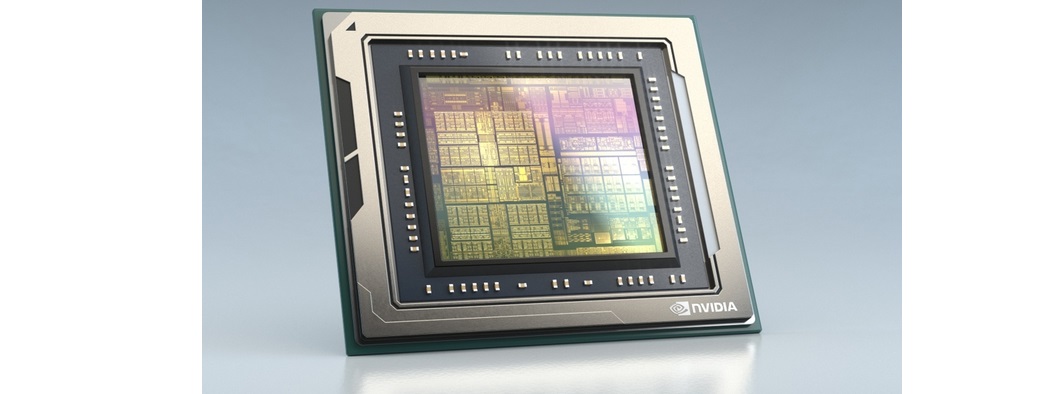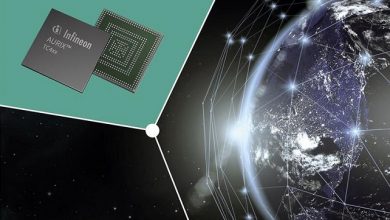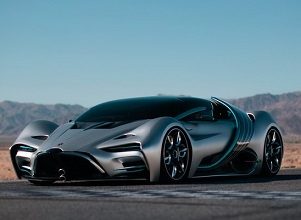Li Auto chooses NVIDIA DRIVE Thor™ for next-gen electric fleets

CES 2024 — NVIDIA announced that Li Auto, a pioneer in extended-range electric vehicles (EVs), has selected the NVIDIA DRIVE Thor™ centralized car computer to power its next-generation fleets.
NVIDIA also announced that EV makers GWM (Great Wall Motor), ZEEKR and Xiaomi have adopted the NVIDIA DRIVE Orin™ platform. This platform powers their intelligent automated-driving systems.
“The transportation industry is embracing centralized compute for highly automated and autonomous driving,” said Xinzhou Wu, vice president of automotive at NVIDIA. “The AI car computer of choice for today’s intelligent fleets is NVIDIA DRIVE Orin. Automakers are increasingly looking to the advanced capabilities and AI performance of its successor, NVIDIA DRIVE Thor, for their future vehicle roadmaps.”
Thor Drive represents a next-generation centralized car computer. It integrates a wide range of intelligent functions into a single AI compute platform. This platform delivers autonomous driving and parking capabilities, driver and passenger monitoring, and AI cockpit functionality.
Li Auto currently uses two DRIVE Orin processors to power its assisted-driving system, AD Max, for its L-series models. The processors provide a combined 508 trillion operations per second (TOPS). They enable real-time fusing and processing of sensor information, powering full-scenario autonomous driving for navigation on advanced driver-assistance systems (ADAS). Additionally, they support full-scenario assisted driving for lane change control (LCC), automated parking, and automatic emergency braking (AEB) active safety features.
The new AD Max 3.0 upgrade transitions the system to an end-to-end algorithmic architecture dominated by large AI models. It delivers a safer, more comfortable intelligent driving experience using an occupancy network. Additionally, it employs spatio-temporal trajectory planning and model-predictive control algorithms.
Building the Future of Transportation on DRIVE
GWM, among China’s leading new energy vehicle makers, has announced that it will build its self-developed, high-end intelligent-driving system called the Coffee Pilot. Moreover, this system will be based on the DRIVE Orin centralized computing platform. Coffee Pilot can support parking, high-speed and urban scenes to achieve full-scenario smart navigation and assisted-driving functions without high-precision maps.
GWM collaborated with NVIDIA to develop this intelligent-driving system. The company will debut its first model with the system in the first half of the year. Advanced intelligent-driving features, such as Urban Navigate on Autopilot and cross-floor Memory Parking, will be first rolled out. Moreover, these features will be available in GWM’s WEY models.
“LLM-driven AI technology will profoundly enhance future mobility as well as the entire automotive industry,” said a GWM spokesperson. “GWM is committed to working with NVIDIA and other industry-leading players to offer greener, smarter mobility for all.”
ZEEKR, the premium EV subsidiary of Geely, has launched the ZEEKR Luxury Sedan. NVIDIA DRIVE Orin powers its fourth model. It features a new full-stack smart driving system powered by two DRIVE Orin systems-on-a-chip. Moreover, this system delivers intelligent parking and automated operation on high-speed and urban roads. ZEEKR’s full range of models is offered with two sensor options: Lidar + Vision Fusion and Pure Vision. ZEEKR’s in-house advanced driving assistant system includes the highway navigation feature called Navigation ZEEKR Pilot. It will be available for use in major Chinese cities once deliveries begin.
“ZEEKR is proud to work with NVIDIA on innovative, safe autonomous driving capabilities,” said Chen Qi, vice president of ZEEKR. “The new ZEEKR Luxury Sedan’s in-house-developed ADAS system is made possible with the energy-efficient, high-performance NVIDIA DRIVE car computing platform.”
The technology giant’s automotive arm, Xiaomi EV, unveiled its inaugural electric vehicle, the SU7 sedan, constructed with a dual DRIVE Orin configuration for highway driving functions. Built using Xiaomi’s leading large language model for perception and decision-making, the sedan will be able to seamlessly navigate through Chinese cities, regardless of locale, administrative divisions within the country or type of road. It will come in two versions: one with a driving range of up to 415 miles on a single charge and another with a range of up to 497 miles. Moreover, the SU7 will be officially launched in the first half of 2024.
In production with leading automakers, trucks, robotaxis and shuttles since 2022, DRIVE Orin offers up to 254 TOPS and is scalable to support level 2+ to level 5 self-driving capabilities.
News related to Li Auto –



